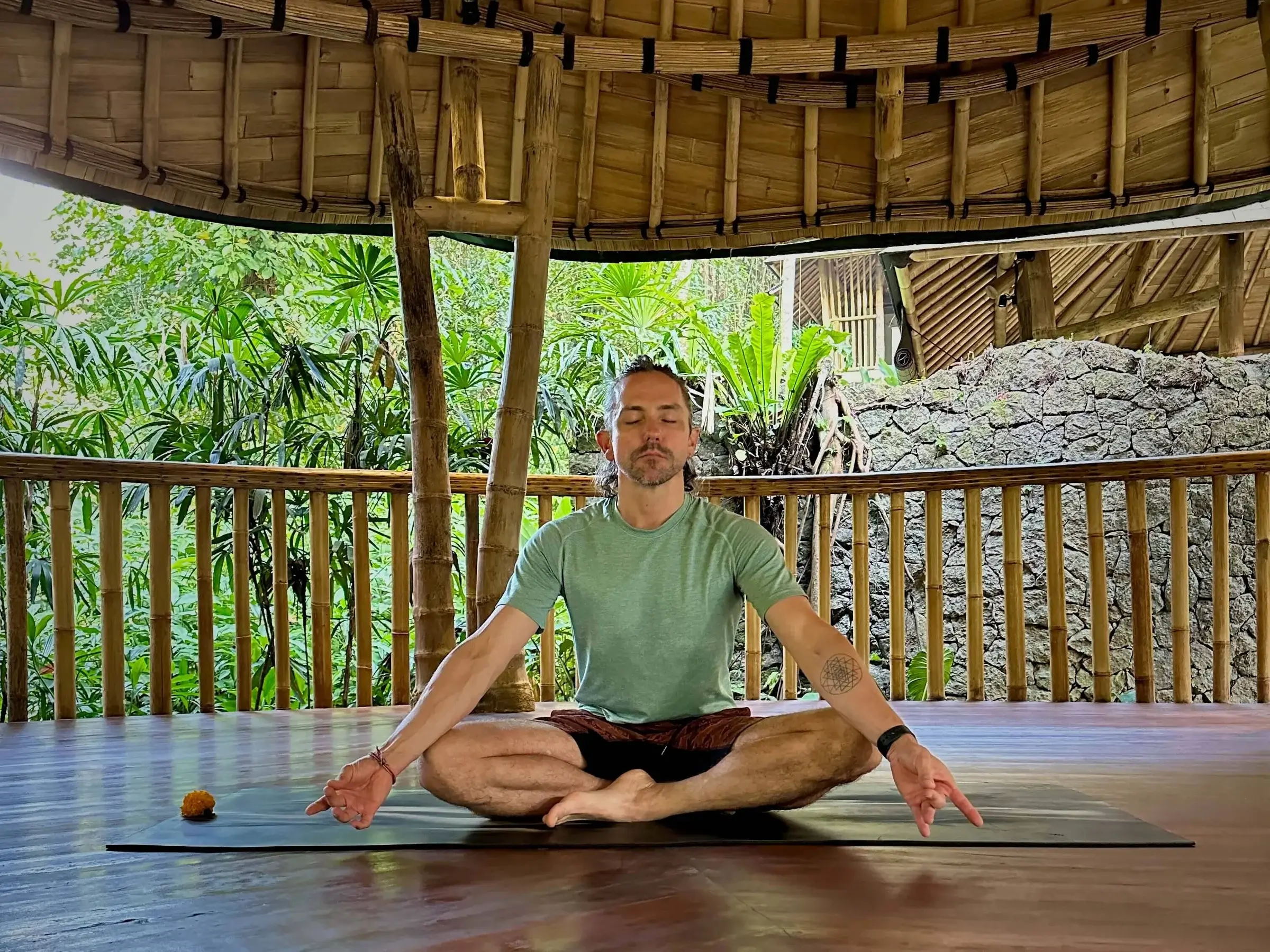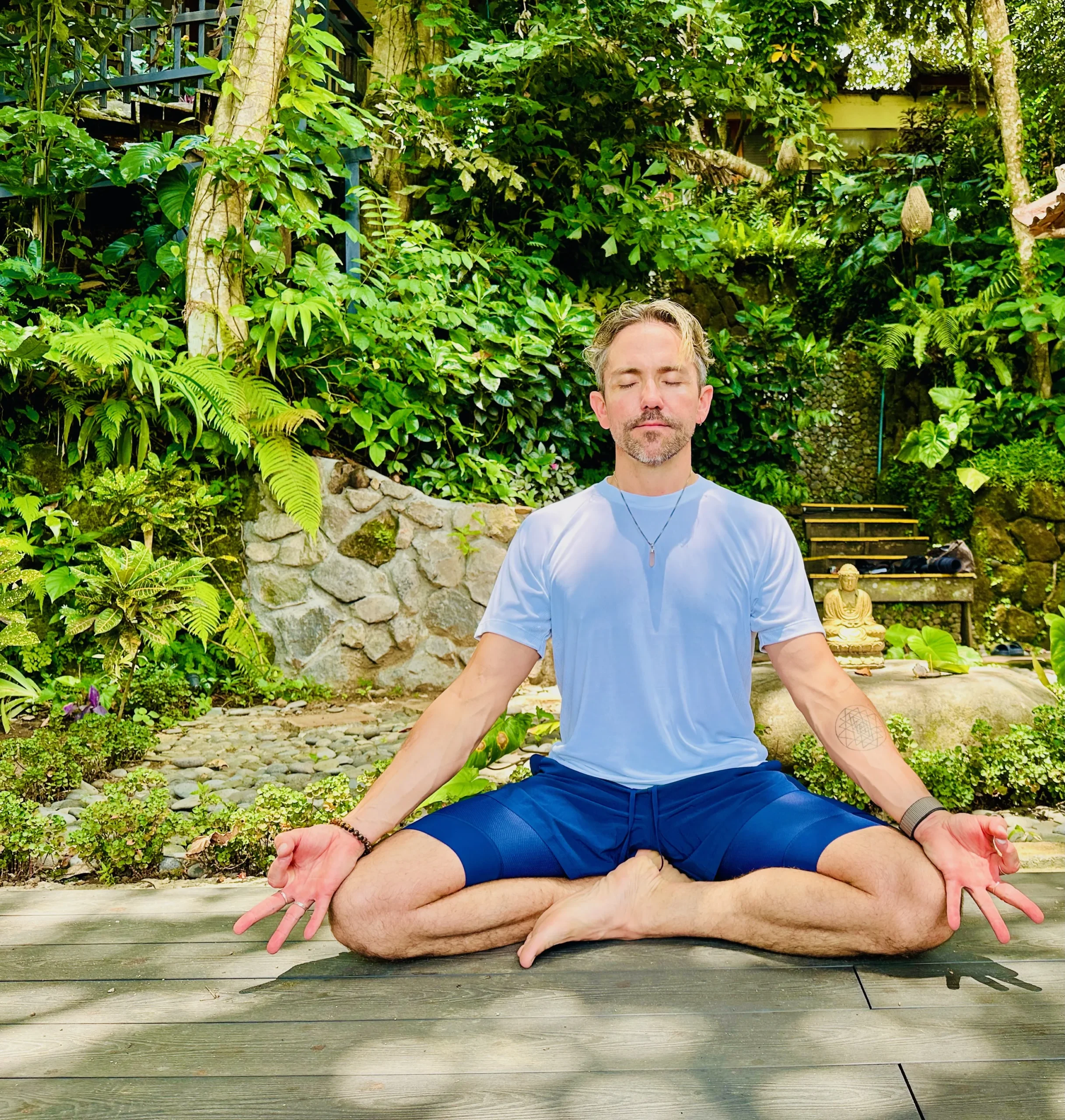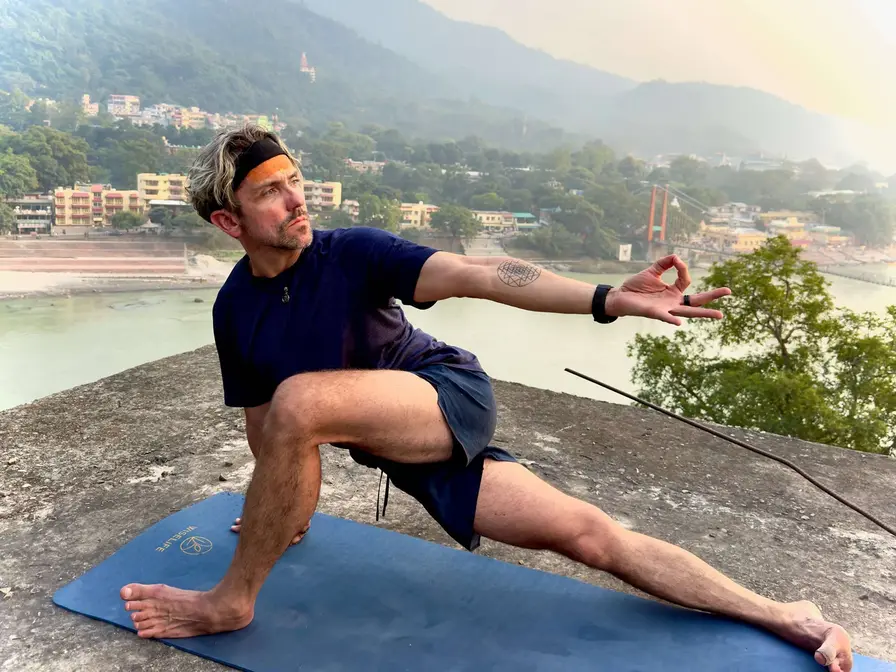Vinyasa Yoga, often referred to simply as “Vinyasa” is a dynamic and fluid style of yoga that synchronizes movement with breath. Unlike static forms of yoga where poses are held for longer periods, Vinyasa is characterized by smooth transitions between postures, creating a flowing, dance-like sequence. Rooted in the ancient traditions of India and shaped by modern influences, Vinyasa has become one of the most popular styles of yoga around the world today.
What is Vinyasa Yoga?
The term “Vinyasa” comes from the Sanskrit words “vi,” meaning variation, and “nyasa,” meaning within prescribed parameters. In essence, Vinyasa Yoga emphasizes purposeful movement connected to the breath. Each inhale and exhale leads to a new posture, making breath awareness the guiding force of the practice.
Vinyasa Yoga does not follow a fixed sequence, unlike its close cousin Ashtanga Yoga. This flexibility allows for creative sequencing, giving teachers and practitioners the freedom to explore diverse movements and themes. Classes can range from slow and meditative to fast-paced and challenging, depending on the focus and energy of the session.
The Benefits of Vinyasa Yoga
1. Improved Strength and Flexibility
Vinyasa Yoga builds full-body strength through weight-bearing postures like planks, lunges, and arm balances. At the same time, the fluid movements stretch the muscles and increase flexibility, promoting a balanced and resilient body.
2. Cardiovascular Health
Because Vinyasa involves continuous movement, it can offer a cardiovascular workout similar to low-impact aerobic exercise. Regular practice can improve circulation, endurance, and heart health.
3. Mind-Body Connection
One of the central goals of Vinyasa Yoga is to unify the mind and body. Focusing on the breath while moving through postures cultivates mindfulness, helping practitioners stay present and develop greater emotional awareness.
4. Stress Reduction
Like many forms of yoga, Vinyasa is a powerful tool for stress management. The rhythmic breathing and flowing movements can help calm the nervous system, reduce anxiety, and promote a sense of inner peace.
5. Adaptability and Creativity
Because Vinyasa is so versatile, it can be adapted for all levels — from beginners to advanced yogis. Teachers often tailor classes to address specific needs, such as strength-building, flexibility, balance, or relaxation.
Key Elements of a Vinyasa Practice
Breath-Synchronized Movement
In Vinyasa, every movement is coordinated with an inhale or exhale. For example, lifting the arms overhead typically occurs on an inhale, while folding forward might happen on an exhale.
Transitions Matter
In Vinyasa, transitions between poses are just as important as the poses themselves. Moving mindfully from one posture to the next maintains the integrity of the practice and prevents injury.
Sun Salutations
Most Vinyasa classes incorporate variations of Sun Salutations (Surya Namaskar) as a foundational sequence. These movements warm up the body, strengthen the muscles, and prepare the mind for deeper practice.
Creative Sequencing
A hallmark of Vinyasa is its endless creativity. Sequences can be themed around hip openers, backbends, core strength, or even emotional themes like grounding, expansion, or self-love.
Tips for Beginners
If you’re new to Vinyasa Yoga, here are a few tips to help you get started:
- Focus on the Breath: Let your breath be your guide, even if you can’t keep up with every movement.
- Take Your Time: Don’t rush through the poses. Moving slowly and deliberately is more beneficial (and safer) than hurrying.
- Use Props: Blocks, straps, and blankets can make poses more accessible and comfortable.
- Be Patient: It’s normal to feel awkward or uncoordinated at first. Like any new skill, Vinyasa takes practice and patience.
Final Thoughts
Vinyasa Yoga offers a beautiful blend of strength, grace, and mindfulness. Whether you’re looking for a vigorous workout, a moving meditation, or a creative outlet, Vinyasa has something to offer. Through its focus on breath and flow, it teaches us to navigate life with more ease, resilience, and presence — one breath at a time.




Leave a Comment